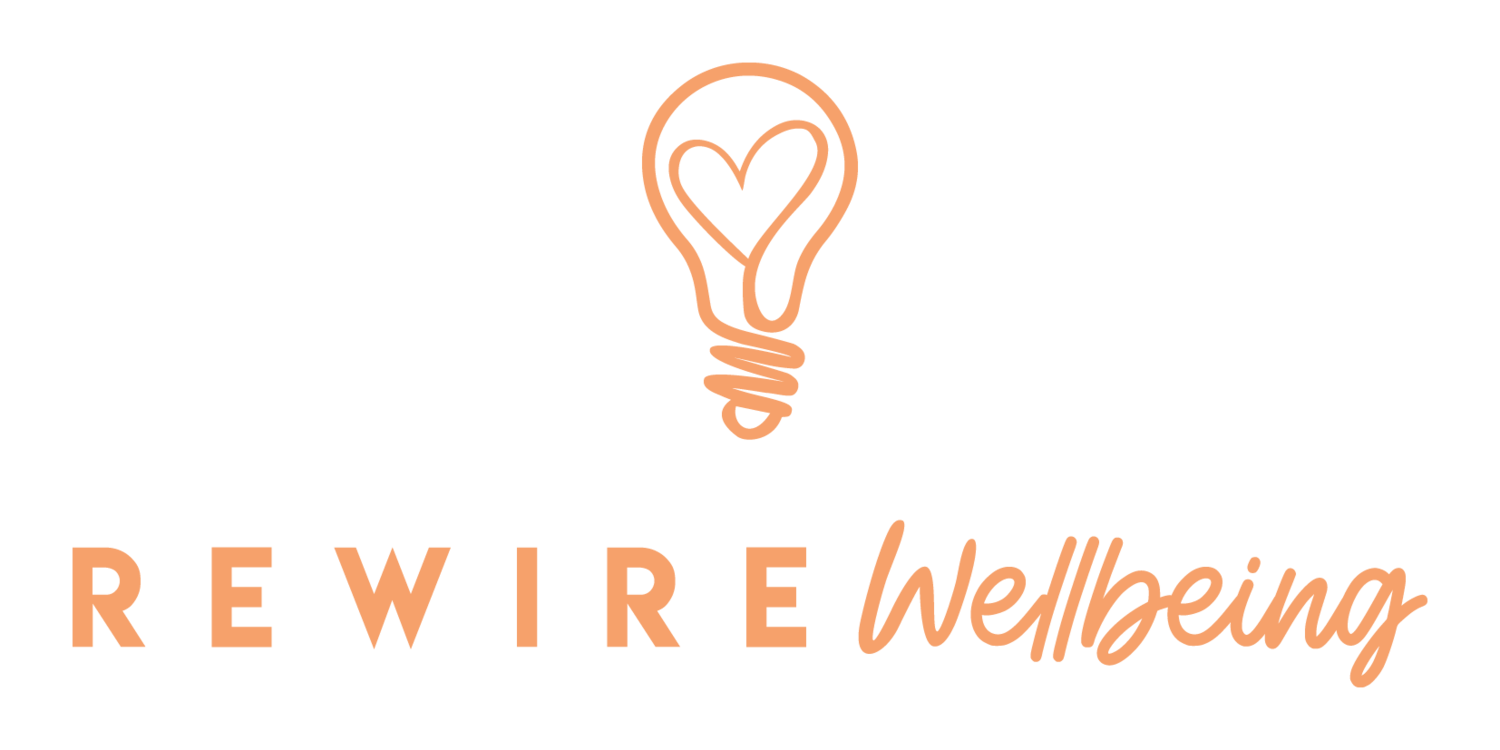Are fear and doubt keeping you stuck?
Have you heard yourself saying ‘I don’t want to get my hopes up’, ’it sounds too good to be true’, ‘what if it’s not possible for me?’
These are all common concerns I hear from people struggling to recover from chronic fatigue and chronic pain.
They are important patterns to spot as they can contribute to remaining stuck.
Understandable, but not useful
It makes sense. By the time they find me, most people have already tried lots of different things to recover. Naturally, they are sceptical of trying something new.
Even when they read the published research papers on the effectiveness of the Lightning Process, or hear the success stories of others, instead of rejoicing at having found a straightforward solution to their challenging problem, they will often continue to doubt.
Neurology that can keep you stuck
It’s a common pattern I see, but what’s interesting here is understanding what’s going on in the brain. When you have tried and failed at recovery, over time your brain learns to be cautious. It now interprets ‘trying something new’ or ‘signs of improvement’ not as evidence of healing, but a reason to be cautious.
It’s called the Disempowering Response Cycle. It’s a common pattern I see, but really damaging and part of the recipe that contributes to remaining stuck in chronic illness.
To shift this, we need to recognise the brain’s #1 job - which is to protect you and keep you safe. While being cautious might have a positive intent, this fear-based learned response can get in your way and prevent you moving forward and healing.
Understanding the mind-body connection
Operating through the lens of caution and fear, the brain primes your physiology for the body’s threat response, activating your sympathetic nervous system. When engage, this inhibits they body’s parasympathetic nervous system which is responsible for healing and immune function.
Being ‘cautious may also prevent you taking action. Or maybe you do take action, but you just dip a toe in or dabble, rather than jumping two feet in and giving it everything you’ve got. Think about this relating to anything you do in life - when you take half-hearted actions, you will get those types of results.
How to change this
What is the opposite of fear and doubt? It comes back to trust and self-belief. You will find these are the key ingredients to the success behind whatever endeavour you engage in your life.
The good news is once you recognise these limiting patterns, you can change the way your brain process information and responds. Awareness is the first step, and then knowing what to do next to change this is key.
By re-training your brain to cultivate compassion, self-trust, and self-belief you can switch off fear-based patterns which impact your physiology, allowing your body to rebalance and heal. While this may sound simple, it is a skill that often must be learnt and practiced.
Getting support to help navigate the journey out of chronic illness will help you fast-track your healing, particularly in identify these blind spots. This is the work I do - coaching and training people to get their health and life back using the Lightning Process.
Book a free discovery call with me and let’s chat about your situation.

